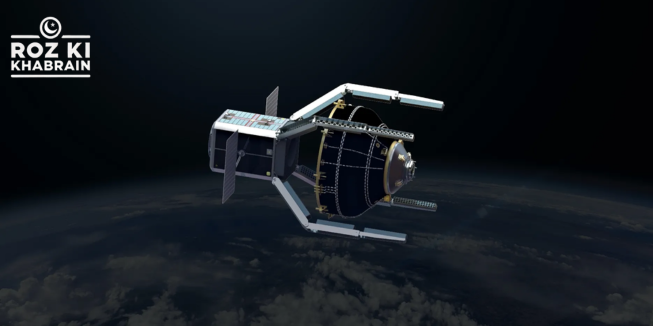The United Kingdom’s oldest satellite, Skynet-1A, recently made headlines after it drifted far off its expected trajectory in space, leaving scientists puzzled about who or what caused the shift and how it occurred.
Launched in 1969, shortly after the first moon landing, Skynet-1A was initially positioned over East Africa to support British military communications. However, scientists recently detected it far from its expected location over the Indian Ocean, now hovering above the Americas. The cause of its unexpected movement remains unknown.
Orbital mechanics suggest that a satellite weighing half a tonne shouldn’t be able to drift so far on its own, leading experts to believe it was intentionally moved. But the question remains: who would have had the capability or reason to do so?
Space consultant Dr. Stuart Eves explained to the BBC that the satellite is now in a “gravity well” at 105° West longitude, where it drifts back and forth like a marble at the bottom of a bowl. This puts it in close proximity to other satellite traffic, raising the risk of collisions. As the satellite is still technically under the UK’s responsibility, any accidents could have serious implications.
Skynet-1A was developed in the United States and launched into space by a US Air Force Delta rocket. It played a pivotal role in revolutionizing UK communications, allowing secure communication between London and British forces, including those stationed in Singapore.
Rachel Hill, a PhD student from University College London, has reviewed historical documents and suggests that the satellite’s current position might be explained by temporary control transfers to the USAF during maintenance periods. She speculates that this could have been when the satellite was moved.




